Common Forage Crops and Pastured Weeds Used in Livestock Feeding
Agric4profits
OCTOBER 27, 2023
Common forage crops used in livestock feeding are specific plant species cultivated for their high nutritional value and suitability for consumption by
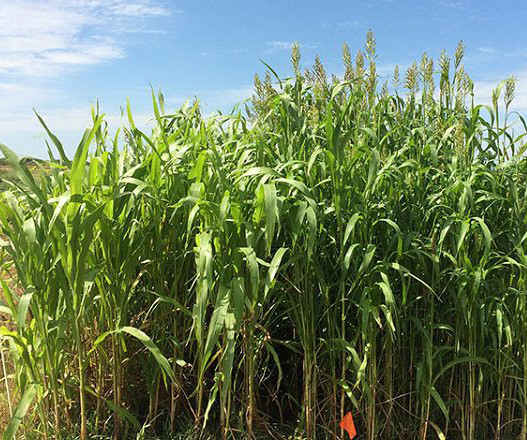
Agric4profits
OCTOBER 27, 2023
Common forage crops used in livestock feeding are specific plant species cultivated for their high nutritional value and suitability for consumption by
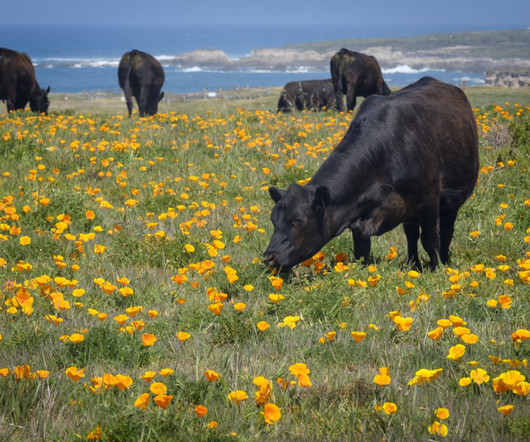
Civil Eats
MARCH 4, 2024
Food grown in local fields, orchards, and pastures with healthy soil management practices simply make for healthier, more nutritious, and more flavorful meals, he says—the perfect ingredients for changing the “stigma” associated with hospital fare. Davis Med Center. Obviously, we’re not going to change patient behavior.
This site is protected by reCAPTCHA and the Google Privacy Policy and Terms of Service apply.
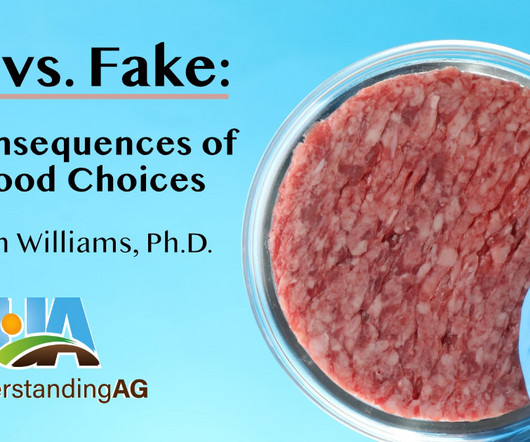
UnderstandingAg
SEPTEMBER 24, 2023
Also known as “cultivated meat,” these products are made by taking stem cells from animals and growing them petri-dish style around a scaffolding in nutrient-rich broth. The reasoning behind the cultivation of lab grown meat is comprised of several thought processes. The standing forage biomass is often 300%+ higher.

Modern Farmer
SEPTEMBER 7, 2023
It’s all grazed pasture,” he says, spared “because the fuel load was low.” Introduced to the islands decades ago as livestock forage, invasive vegetation such as Guinea grass and buffelgrass proliferate in the islands, largely on unmanaged agricultural land. Some areas of grazed pasture on Diamond B Ranch went unburned.
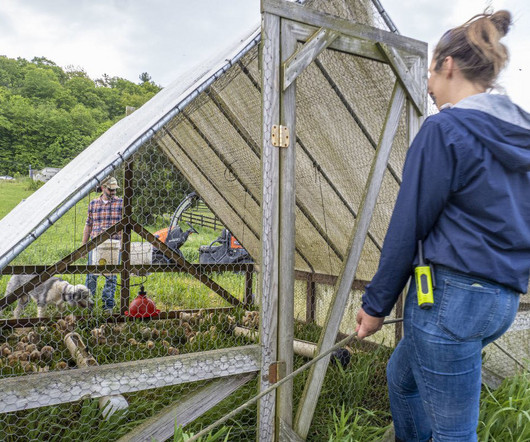
Civil Eats
JANUARY 23, 2024
Against the backdrop of a carefully managed perennial pasture, the gathering focused on legislative approaches to promoting regenerative farming and ranching practices, which the group believes can galvanize support across partisan and rural-urban divides. The benefits are just so multifaceted,” she says, “that it’s kind of a no-brainer.”

National Sustainable Agriculture Coalition
DECEMBER 15, 2023
After heavy grazing, a mixed summer forage is still building soil. Anthony, IN, has substantially reduced the impacts of downpours on his farm by adopting managed rotational grazing and improving his pastures. A clover crop interseeded into pasture. The mix includes sorghum-sudangrass, sunn hemp, cowpeas, and millet.
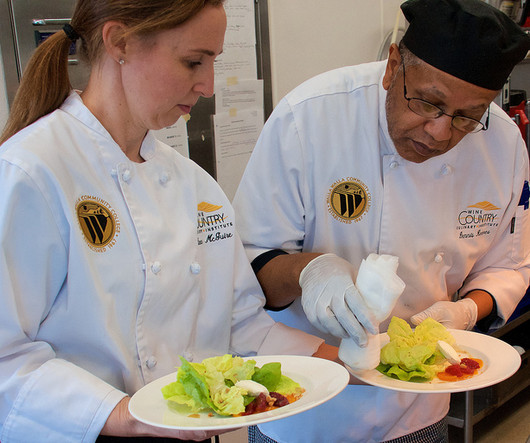
Modern Farmer
AUGUST 29, 2023
Bakersfield College boasts an Edible Gardens Catalog program, Kalamazoo Community College offers Sustainable Food Systems Competencies coursework and Greenfield Community College’s Farm and Food Systems covers mushroom foraging and cultivation, permaculture design, beekeeping, food preservation and more.
Let's personalize your content